The ghosts of ZR1s past
The 2019 C7 Chevrolet Corvette ZR1 adds a fourth generation to the ZR1 lineage. The supercharged evolution from progenitor to Potestatum incredibilus would be comparable to buying a feisty goat in 1972, and by the time that goat had a great-grandkid, that great-grandkid was a rail gun.First-gen 1970-1972 C3 ZR-1:
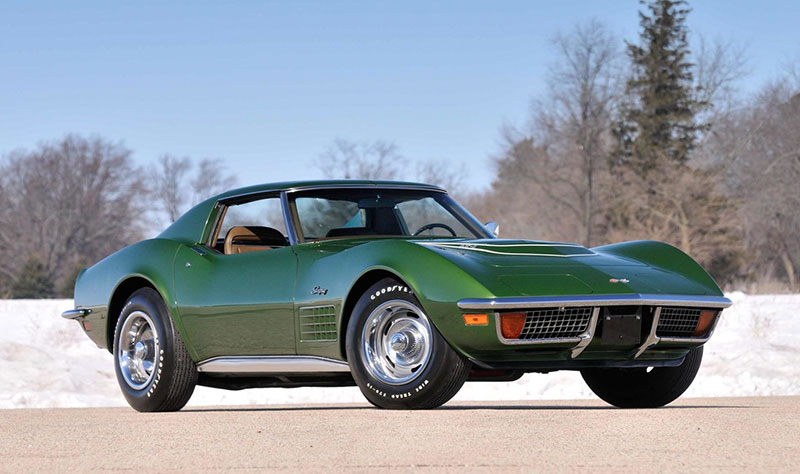
- A "Special Purpose Engine Package" intended for racing, not a standalone model. Upgraded mechanicals like brakes and suspension; omitted power steering, air conditioning, radio, and wheel covers.
- Engine: Reworked LT1 350-cubic-inch V8 with a four-barrel carburetor. Put out 370 horsepower at 6,000 rpm and 380 pound-feet of torque at 4,400 rpm. Not the most powerful trim in the lineup; a 454-c.i. LS5 option got 390 hp.
- Specs: 0-60 miles per hour in 5.7 seconds, quarter-mile in 14.2 seconds at 102 mph, 3,285 pounds.
- Price: $968.95 on top of the $5,192 base Corvette coupe price.
- Production: 53, coupe and convertible, four-speed manual only.
- Note: The only ZR-1 so far to come near the beginning of a generation; the C3 launched in 1968. A Car and Driver review at the time said, "The present Corvette will doubtlessly be the last front-engine model," predicting a mid-engined coupe by 1972 (the C3 retired in 1982). Chevrolet's then-GM John DeLorean "pronounced the mid-engine version must be a functional sports/GT car, weighing in the neighborhood of 2600 lbs. and containing an engine of about 400 cu. in."
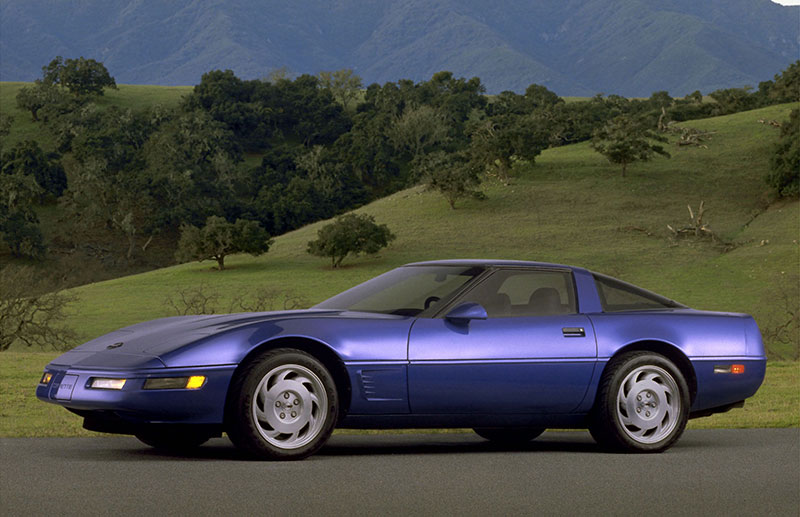
- The RPO ZR1 option effectively created a different car.
- Engine: New all-aluminum 5.7-liter, 32-valve, quad-cam LT5 V8 designed by Lotus in England, built by Mercury Marine in Oklahoma. 375 hp and 380 lb-ft. That was 125 hp and 40 lb-ft over the standard Corvette. The air management system could deactivate eight of the sixteen intake runners and fuel injectors to satisfy fuel economy requirements.
- Tires: Goodyear Eagle GS-C 275/40 ZR 17 in front, 315/35 ZR 17 in back. The just-launched Lamborghini Diablo wore 245/40 ZR 17 tires in front, 335/35 ZR 17 in back.
- Specs: 0-60 mph in 4.4 seconds, 13.13 quarter mile at 110 mph, 180-mph top speed, skidpad 0.93 G, 3,465 pounds.
- Price: $58,995 — the $27,016 option price on top of the $31,979 base coupe MSRP. In 1991 the ZR1 price jumped to $31,000, making the ZR-1 the first GM product to cost more than $60,000.
- Production: 6,939, all six-speed manual coupes.
- Note: The C4 ZR-1 broke records, birthed a legend, and by the end of its run the 405-hp LT5 V8 was the first mass-produced V8 engine rated over 400 hp in the post-smog era.

- A dedicated model, the fastest, most powerful, most expensive model GM had ever built.
- Engine: Highly modified LS3 called the LS9 — a supercharged, 6.2-liter, pushrod V8 with 638 hp and 604 lb-ft, 208 hp more than the base Corvette, 133 hp more than the Z06.
- Specs: 0-60 mph in 3.4 seconds, quarter mile in 11.5 seconds at 128.3 mph, 205-mph top speed, skidpad 1.05g, 3,350 pounds.
- Price: $105,000, compared to $47,895 for a base coupe and $30,055 add-on for the Z06.
- Production: 4,684. Coupe, six-speed manual only.
- Note: Was the literal answer to the real-life question, "Geez, if that's what you can do with $60,000 [for the Z06], I wonder what a $100,000 Corvette would look like?"
ZR1 spotter's guide: From wallflower to war hammer
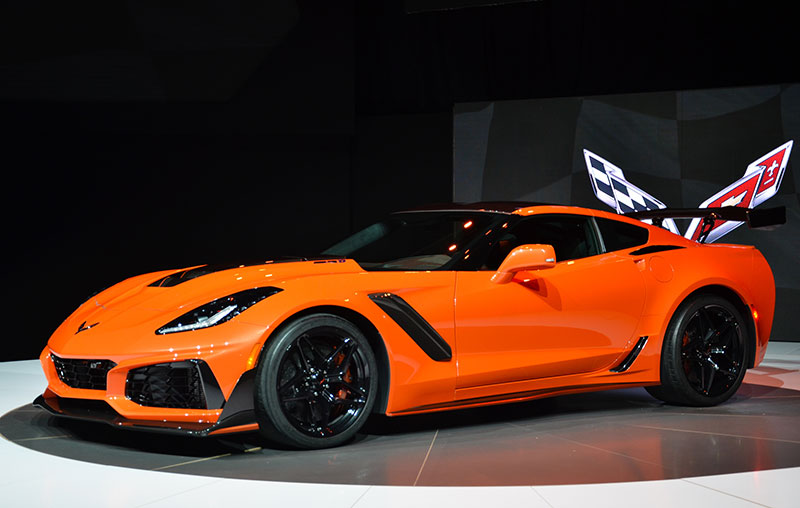
The C3 ZR-1 hid its fancy bits inside, and was indistinguishable from the regular Stingray. The C4 ZR-1 had a wider rear with a convex fascia and rounded-square taillights, rectangular exhaust tips, and a CHMSL at the top of the rear hatch. C6 ZR1 flourishes like the hood's polycarbonate window, twin gills on the front fenders, carbon brakes and CF roof make it unmistakable. The C7 ZR1 can only be confused with the kind of mortal threat usually plastered with "BEWARE OF" signs.
A suspension's bumpy road
In 1988 GM engineers worked with Lotus and Bilstein on an Active Handling system for the C4 ZR1 that would measure "speed, tire load, steering, throttle, and several other inputs into a complex algorithm" to adjust twin hydraulic dampers on the fly. Bilstein had helped develop the active suspension on the Porsche 959, and Lotus' Formula 1 team had been working on Active Suspension since 1981.
GM built 25 prototypes in 1989 to test the system, but Active Handling wouldn't jibe with 1980s technology and production-car requirements. Problems included electrical interference, insufficient responsiveness, the system's 300-pound weight, and a 5-hp draw to run the 2,200-psi, belt-driven hydraulic pump. Furthermore, boutique bits like Moog actuators jacked up the price; at one point GM planned on making Active Handling a $39,000 option on top of the C4 ZR-1's price.
GM walked away from that to develop the Selective Ride FX3 suspension, still a notable advance. However, engineers applied the C4 ZR-1 lessons and new technology to the Active Handling on the C5 Corvette, and the now-familiar magnetorheological suspension that's still good enough for the C7 ZR1.
The 700-plus horsepower F/R couple club
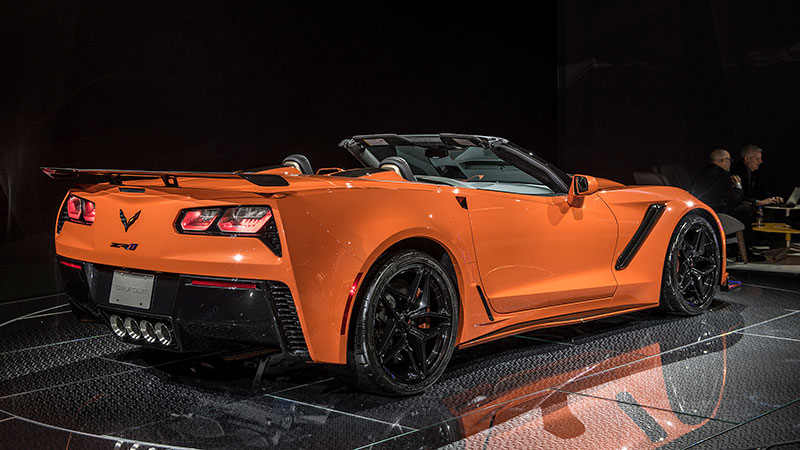
Excluding miniscule-production exotics, four OEM front-engined coupes currently in production throw at least 700 horsepower at the rear wheels. The Ferrari 812 Superfast gets tenor gravitas from a 6.5-liter V12 with 789 hp and 529 lb-ft. The Dodge Challenger SRT Hellcat cows local officials with a 6.2-liter Hemi V8 spewing 707 hp and 650 lb-ft. The 840-hp, 770 lb-ft Dodge Challenger SRT Demon hulks in the corner because no one knows how to talk to it. The 755-hp 2019 ZR1 just had its membership approved, and brings the only convertible to the party. We hear the 2019 Ford Mustang GT500 might be preparing an application ...
Anyone seen Jake?
The C6 ZR1 engine bay featured an embossed Jake on the intake snorkel, as a nod to the Corvette Racing Team. Does Jake appear anywhere on the C7 ZR1? Some trivia: One of Jake's origin stories says he's named after the " Blues Brothers" character. The stylized blue version of Jake seen on C6 ZR1 mules and prototypes was "Blue Devil" Elwood, "Blue Devil" being the development code name for the C6 ZR1.Keep it down back there
Chevrolet says the manually adjustable High Wing in the ZTK Performance Package produces up to 950 pounds of rear downforce at speed. The Big Wing on the 2016 Dodge Viper ACR collected 1,500 pounds of downforce at 150 mph. The Bugatti Chiron rear wing produces 772 pounds of rear downforce at 236 mph; in full 49-degree airbrake mode the Chiron wing presses nearly 2,000 pounds on the rear axle.Killing Vipers
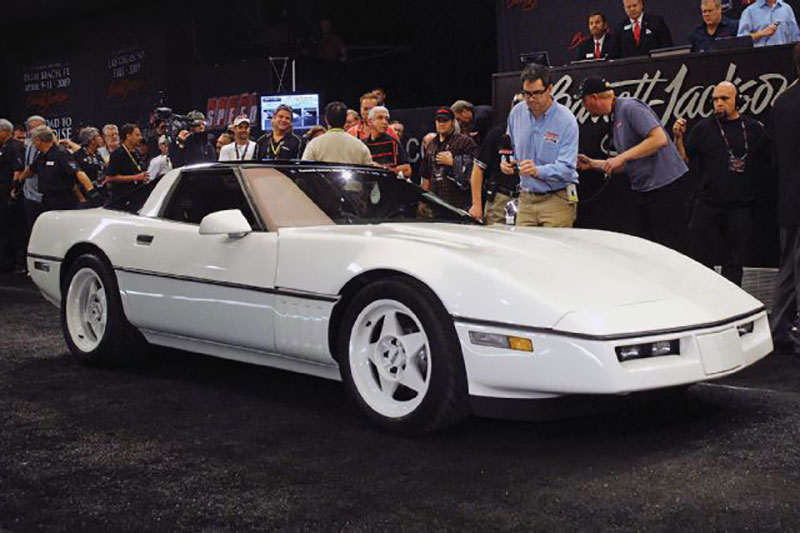
The C4 ZR-1 needed major surgery to beat the original Viper (admittedly, the original Viper was little more than two seats and four wheels bolted to an explosion). Chevrolet engineer and race driver John Heinricy created the so-called "Snake Skinner" ZR-1 by practically gutting a C4 ZR-1 interior, tweaking the engine, and swapping stock parts throughout for lighter parts.
The C6 ZR1 needed no operations, winning every comparo that didn't involve a Viper ACR, and that judged anything other than raw personality.
The Viper's gone, but the C7 ZR1 still wants one more round in the 'Ring with it: The Viper ACR's 7:01.30 Nürburgring time still stands as the fastest lap by an American production car.
But you know what's crazy?
The Car and Driver cover story on the 2019 Corvette ZR1 says, "The ZR1 might be the ultimate track Corvette, but its creators don't see it as being the craziest. That title still belongs to the Z06." Which is, well, crazy.Related Video:
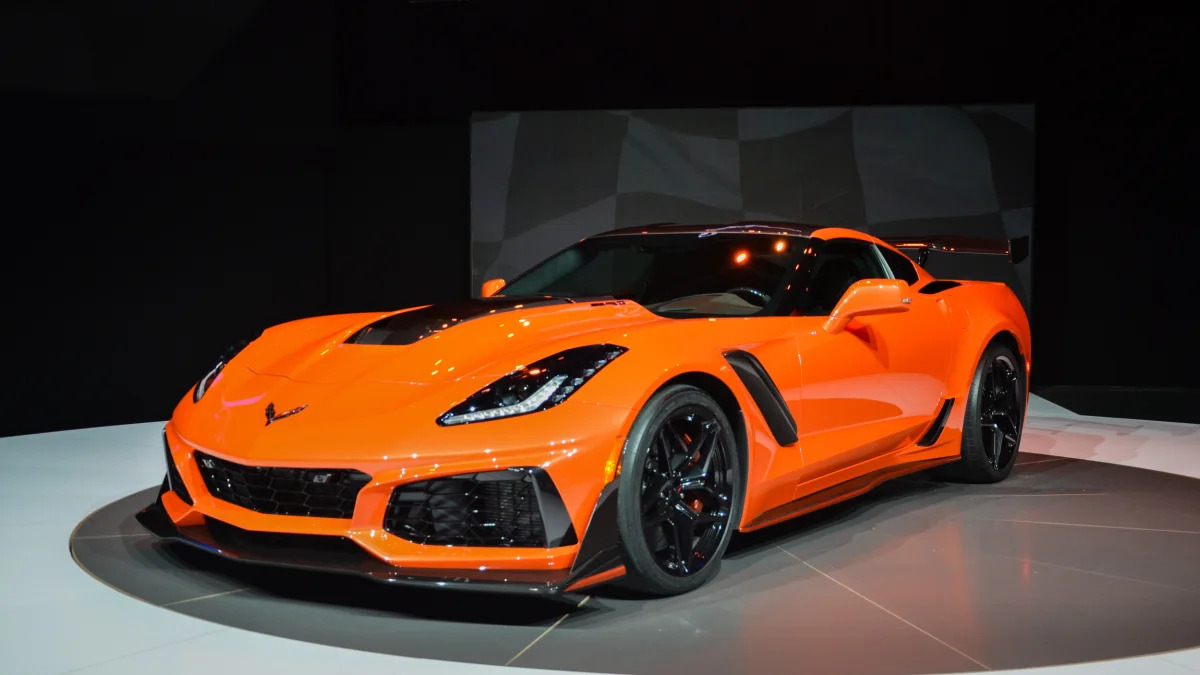









Sign in to post
Please sign in to leave a comment.
Continue